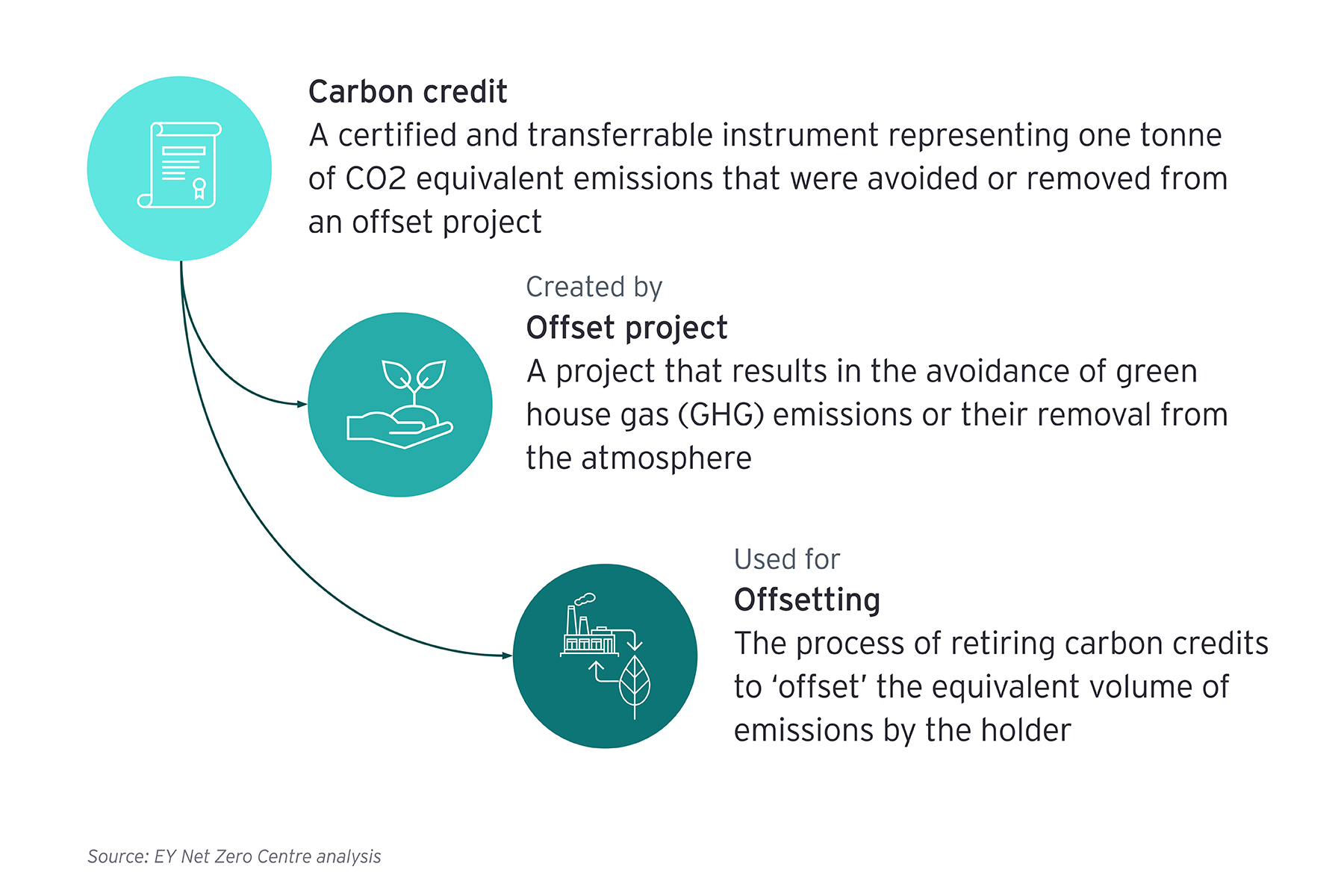We know competition for carbon offsets will heat up, emissions reductions will scale up, and government regulations will ramp up. While we are confident in the overall direction the world is heading, the pace of market consolidation and technology change remain uncertain.
So, to explore the range of possible carbon credit market outcomes – and the potential costs to businesses – the EY Net Zero Centre modelled four future scenarios to 2050.
The first future scenario, based on the announced plans of companies and countries, assumes no increase in ambition or mitigation effort over time. The second reflects the core commitment of the Paris Agreement. The third and fourth involve more rapid and ambitious emissions reductions consistent with limiting climate change to 1.5°C – one technology-enabled and the other with nature-based removals
Across all four outlooks we found rising demand, a race to quality and higher unit supply costs will make high-quality credits scarce and expensive.



